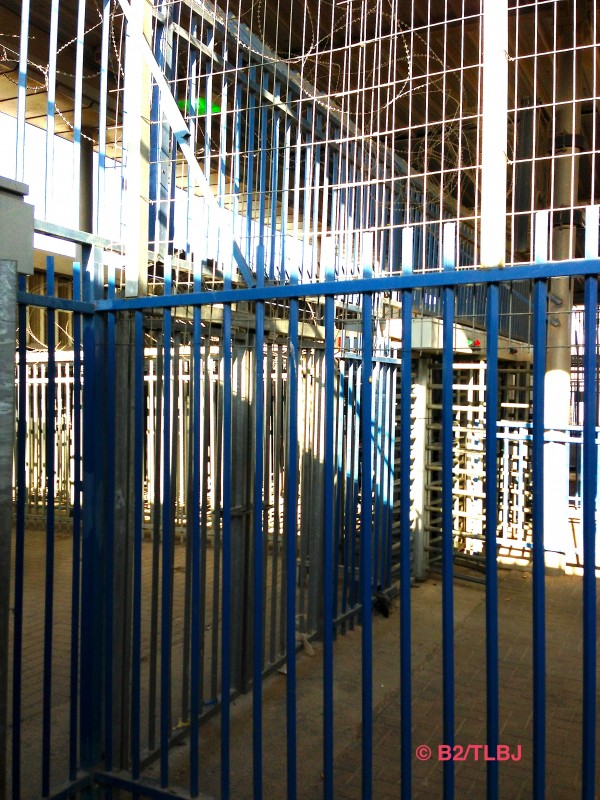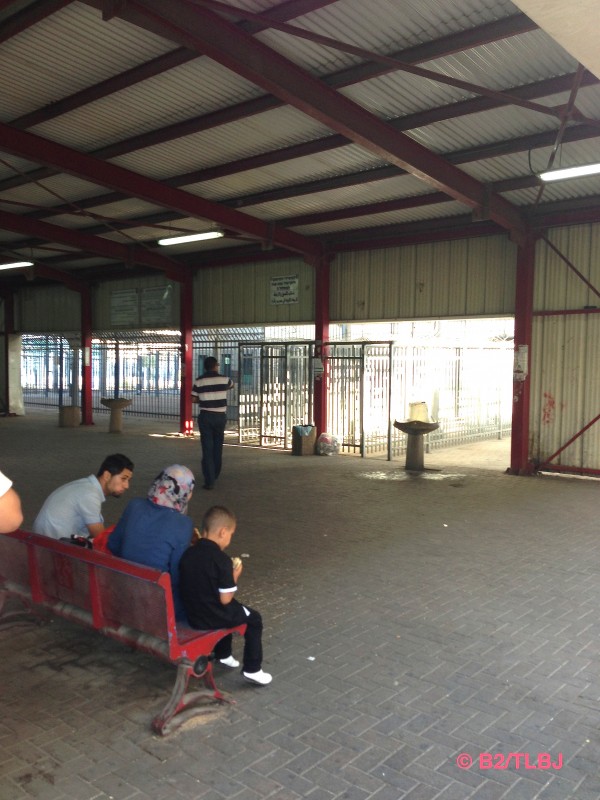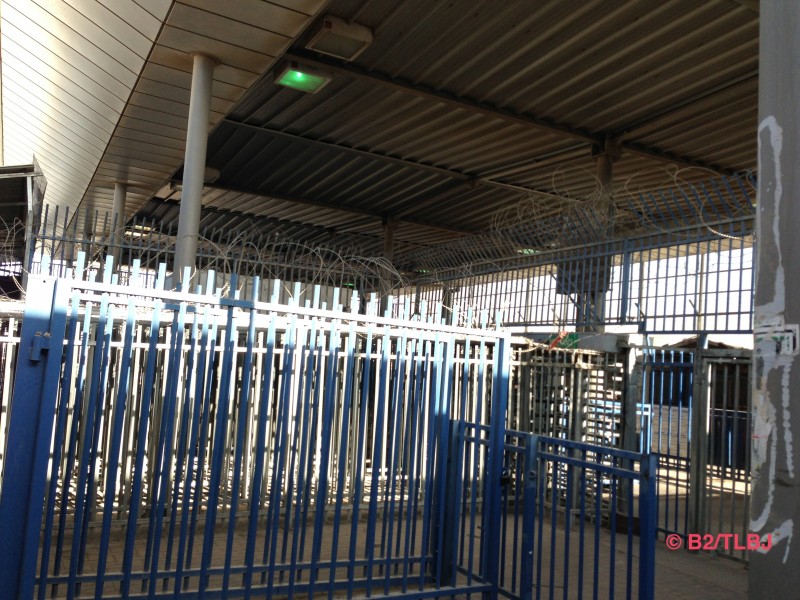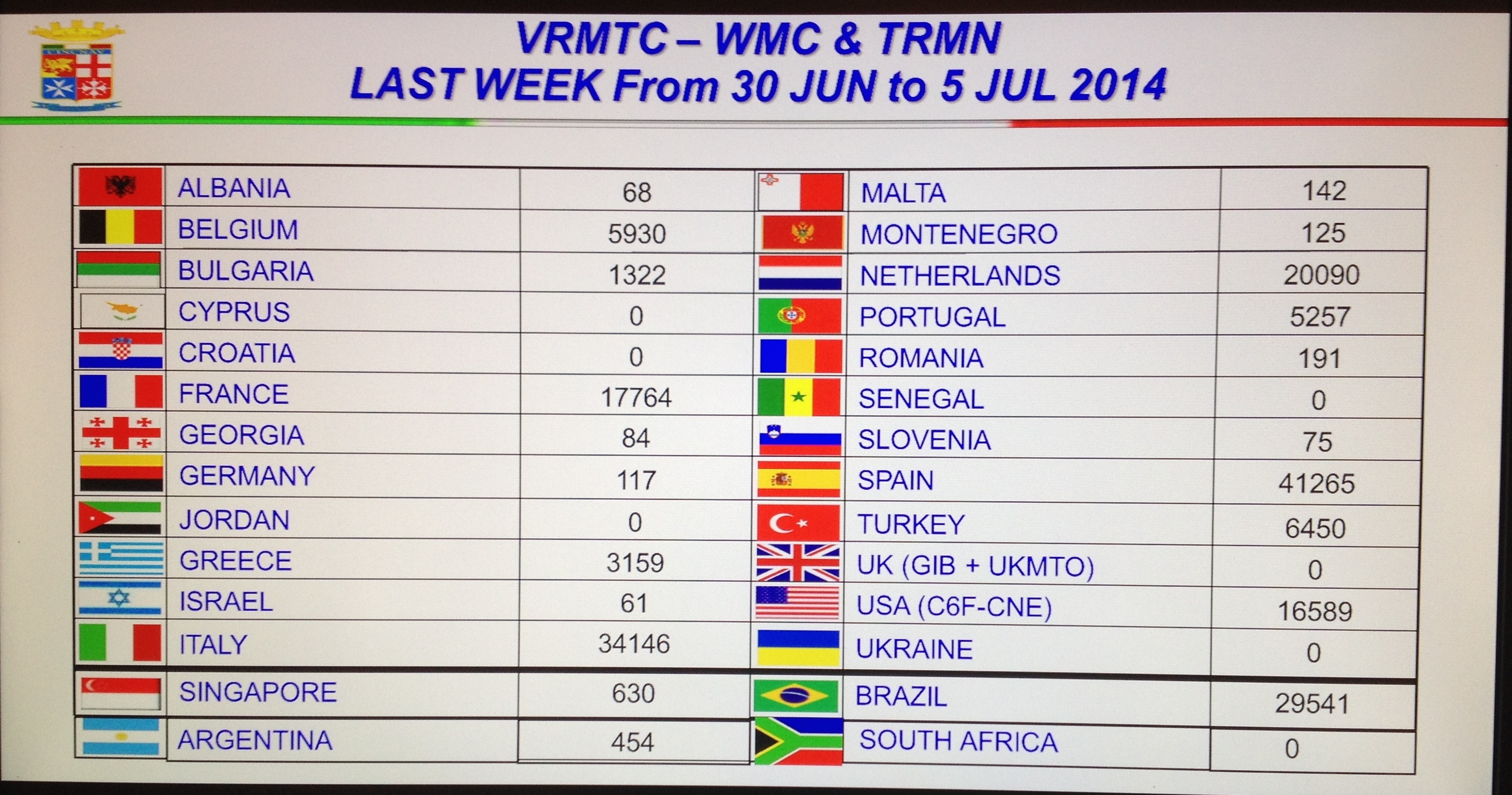West Bank. The land of detours


(BRUSSELS2 to Ramallah) On Tuesday July 2, a 19-year-old Palestinian boy died near Hebron (southern West Bank) while protesting against the Israeli occupation. « A soldier shot him in the back, then an army vehicle ran into him,” explains the Director of Communications for the Palestinian Authority, Doctor Ehab Bessaiso whom B2 met. " This case is just another example of what happens every day here. ». Beyond this extreme case, the daily life of the Palestinians is totally marked by the Israeli occupation in the West Bank. B2 is currently on site and was therefore able to see the situation.
A very complicated cut
The freedom of movement of the Palestinian population is extremely reduced due to the division of the territory into different zones. Area A, about 18% of the West Bank is administered by the Palestinian Authority (PA) (including security). Area B, about 22% of the area, is administered by the PA but Israel retains security prerogatives. In Zone C, 60% of the territory, Israel holds civil and security powers. It is in these areas that the settlements are located, but also huge military bases and "security" areas. To move from zone A to zones B and C, a permit is required. This must be requested from the Israeli authorities in advance and is only valid for a certain period of time. To get around, you have to plan ahead...
The crossing experience
To access East Jerusalem from Ramallah, you have to cross the Kalandia checkpoint. To do this, it is mandatory to cross on foot, taking a corridor one meter wide, delimited by barriers and topped with barbed wire. Go through a first turnstile, then a second, before going through a security gate and show your passport (if you are foreign) or access permit (if you are Palestinian). All that remains is to go through the last two turnstiles. The operation takes several minutes… at off-peak hours. Very early in the morning, the queues are several hundred meters long when the Palestinian workers have to change areas to work on the Israeli side.
Each his way, each his way
Getting around the West Bank is an obstacle course. It is almost impossible to get from point A to point B directly. On the road that connects the airport to Ramallah, the main road, perfectly new, paved is only accessible to Israelis because they cannot pass the checkpoints that line it. Palestinians have to slalom between villages on roads that leave much to be desired.
Hebron, extreme city
The most extreme case is in the south, in Hebron. This city is reputed to be one of the most difficult in the country in terms of cohabitation. The Israeli settlements are at the heart of the city, theoretically controlled by the Palestinians. In this city, there are roads exclusively reserved for the cars of the settlers that the Palestinians are authorized to take… but on foot. On others, all traffic is prohibited to non-Israelis, whether on foot, in horse-drawn carriages, etc.
Deadly checkpoint
At certain checkpoints, crossing is only authorized for 1 hours in the morning and 30 hours in the evening... people who have heart attacks die in front of the checkpoints because they cannot cross to get to the hospital because it is not time. Women give birth in front of checkpoints and babies often die for lack of care. »






Comments closed.